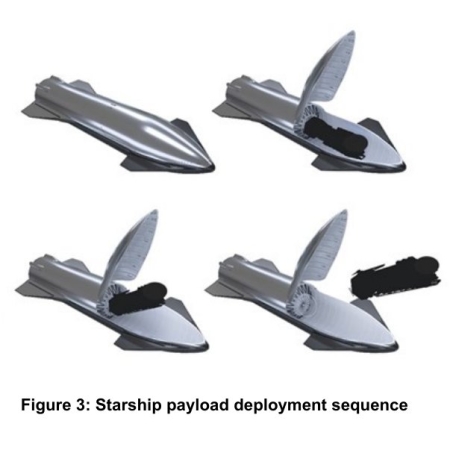Boeing to do second unmanned test flight of Starliner
Capitalism in space: Boeing officials said yesterday that they now plan a second unmanned demo mission to ISS of their Starliner manned capsule in order to make sure they have cleared up all the issues that plagued the first unmanned flight in December.
The company on Monday confirmed a report in the Washington Post that it will fly a second uncrewed demonstration mission — which Boeing calls an Orbital Flight Test — before astronauts ride a Starliner into orbit.
“We have chosen to refly our Orbital Flight Test to demonstrate the quality of the Starliner system,” Boeing said in a statement Monay. “Flying another uncrewed flight will allow us to complete all flight test objectives and evaluate the performance of the second Starliner vehicle at no cost to the taxpayer. We will then proceed to the tremendous responsibility and privilege of flying astronauts to the International Space Station.”
Right now they are aiming for an October/November launch date.
Capitalism in space: Boeing officials said yesterday that they now plan a second unmanned demo mission to ISS of their Starliner manned capsule in order to make sure they have cleared up all the issues that plagued the first unmanned flight in December.
The company on Monday confirmed a report in the Washington Post that it will fly a second uncrewed demonstration mission — which Boeing calls an Orbital Flight Test — before astronauts ride a Starliner into orbit.
“We have chosen to refly our Orbital Flight Test to demonstrate the quality of the Starliner system,” Boeing said in a statement Monay. “Flying another uncrewed flight will allow us to complete all flight test objectives and evaluate the performance of the second Starliner vehicle at no cost to the taxpayer. We will then proceed to the tremendous responsibility and privilege of flying astronauts to the International Space Station.”
Right now they are aiming for an October/November launch date.

